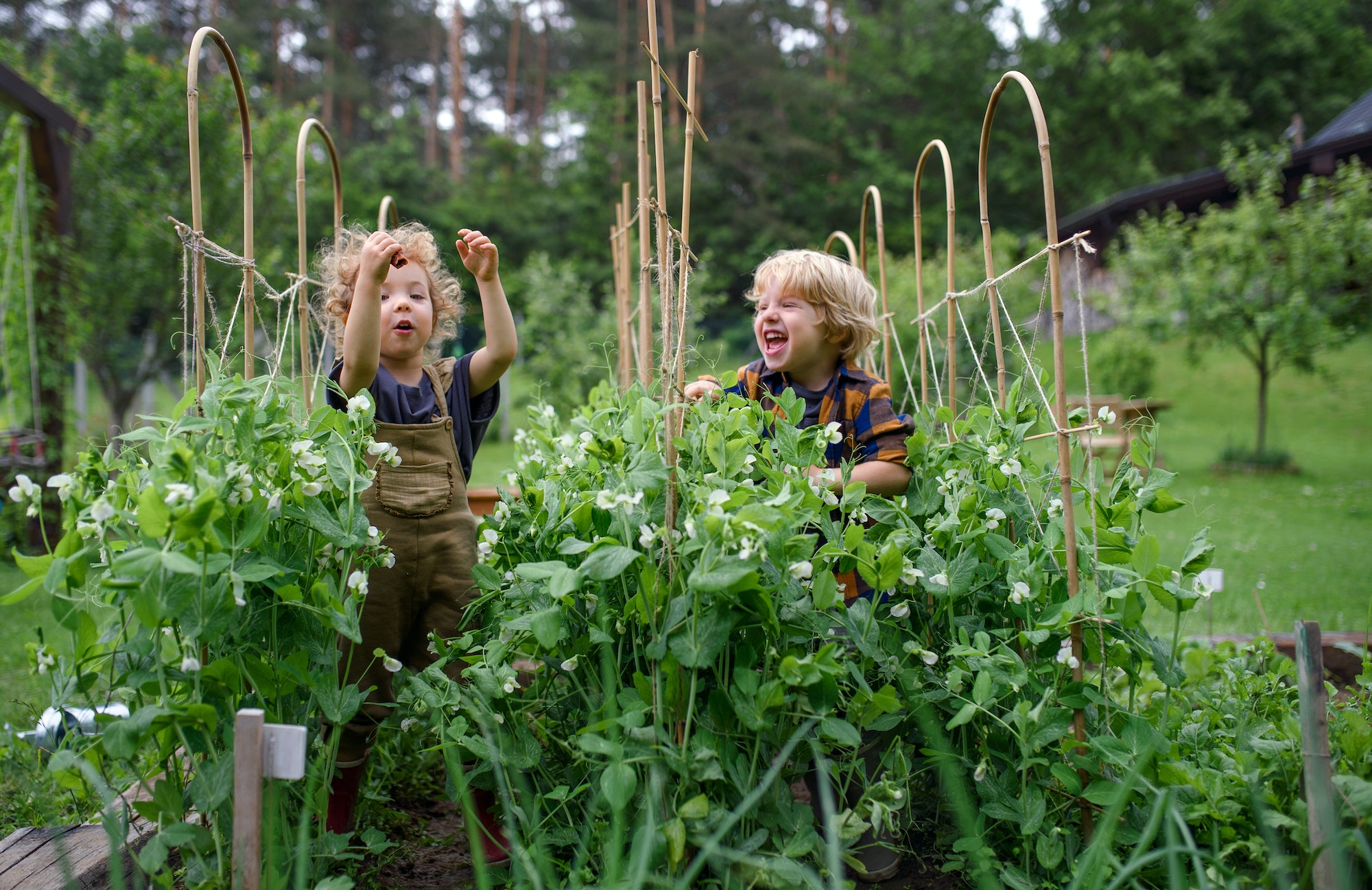
Are you interested in growing your own vegetables, but don’t know where to start? Starting a vegetable garden can be a fun and rewarding experience, but it can also be challenging if you’re new to gardening. In this article, we’ll provide you with some tips and tricks to help you get started with your own vegetable garden and ensure a bountiful harvest.
Portrait of two small children in vegetable garden, sustainable lifestyle1. Introduction
Growing your own vegetables can be a great way to save money and ensure that you’re eating fresh and healthy produce. But before you get started, it’s important to do some planning and preparation. In this article, we’ll walk you through the steps you need to take to start your own vegetable garden.
2. Choosing a Location for Your Garden
The first step in starting a vegetable garden is to choose the right location. You’ll want to select a spot that gets plenty of sunlight, preferably 6-8 hours a day. You’ll also want to make sure the location has good drainage and is free from weeds and other vegetation that could compete with your plants for nutrients.
3. Preparing Your Garden Bed
Once you’ve selected a location for your garden, it’s time to prepare the soil. You’ll want to remove any grass, weeds, or rocks from the area and loosen the soil with a garden fork or tiller. Then, add compost or other organic matter to the soil to improve its fertility and structure.
4. Deciding What to Plant
When deciding what to plant in your vegetable garden, it’s important to consider your climate and growing season. Some vegetables, such as tomatoes and peppers, need a long growing season and warm temperatures to thrive, while others, such as lettuce and spinach, prefer cooler weather. You’ll also want to consider the amount of space you have available and the needs of your family.
5. Starting Your Seeds Indoors
Starting your seeds indoors is a great way to get a head start on your vegetable garden. You’ll need a sunny windowsill or grow lights, seed trays, and potting soil. Follow the instructions on the seed packets for planting depth and spacing, and keep the soil moist but not waterlogged.
6. Transplanting Your Seedlings
Once your seedlings have grown to a suitable size, it’s time to transplant them into your garden. Make sure the soil is moist and dig a hole slightly larger than the root ball of the seedling. Gently remove the seedling from its container and place it in the hole, making sure the top of the root ball is level with the soil surface.
7. Caring for Your Vegetable Plants
Caring for your vegetable plants involves watering, fertilizing, and pruning. You’ll want to water your plants regularly, making sure the soil stays moist but not waterlogged. Fertilize your plants with a balanced fertilizer every 4-6 weeks, and prune any dead or diseased leaves or branches.
8. Dealing with Pests and Diseases
Unfortunately, pests and diseases can be common problems in vegetable gardens. To prevent pests, consider using companion planting or row covers, and practice good garden hygiene by removing dead plant material and weeds. If you do encounter pests, there are many organic and chemical solutions available, depending on the severity of the problem. For diseases, prevention is key – make sure to rotate your crops each year and avoid planting in the same spot multiple years in a row.
9. Harvesting Your Vegetables
Once your vegetables have matured, it’s time to start harvesting. The best time to harvest is usually in the morning when the plants are still cool and hydrated. You’ll want to use a sharp pair of scissors or pruners to avoid damaging the plant. Harvesting regularly will encourage your plants to produce more fruit.
10. Preserving Your Harvest
If you have a large harvest, you may want to consider preserving some of your vegetables for later. There are many methods of preservation, including canning, freezing, and dehydrating. Make sure to follow proper food safety guidelines to ensure that your preserved vegetables are safe to eat.
11. Conclusion
Starting a vegetable garden can be a fun and rewarding experience, but it does require some planning and effort. By following these tips and tricks, you can ensure that your garden is a success and enjoy a bountiful harvest of fresh and healthy vegetables.

